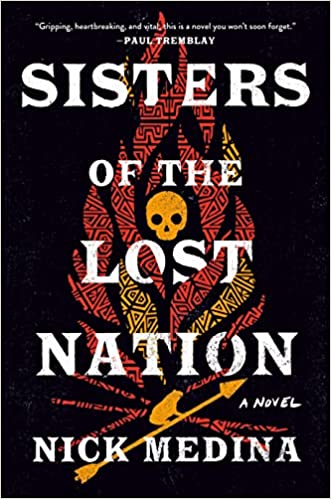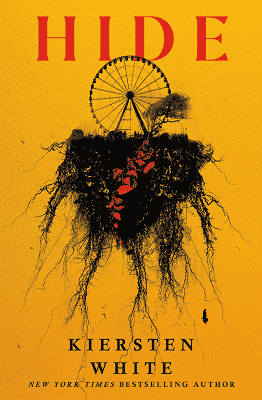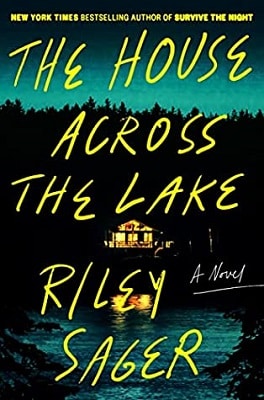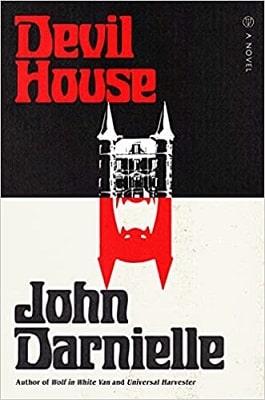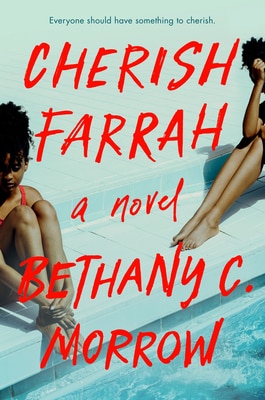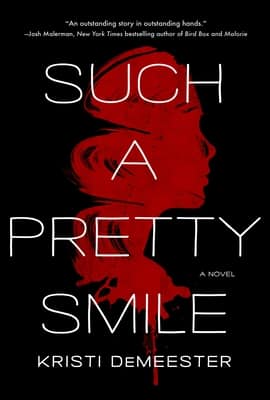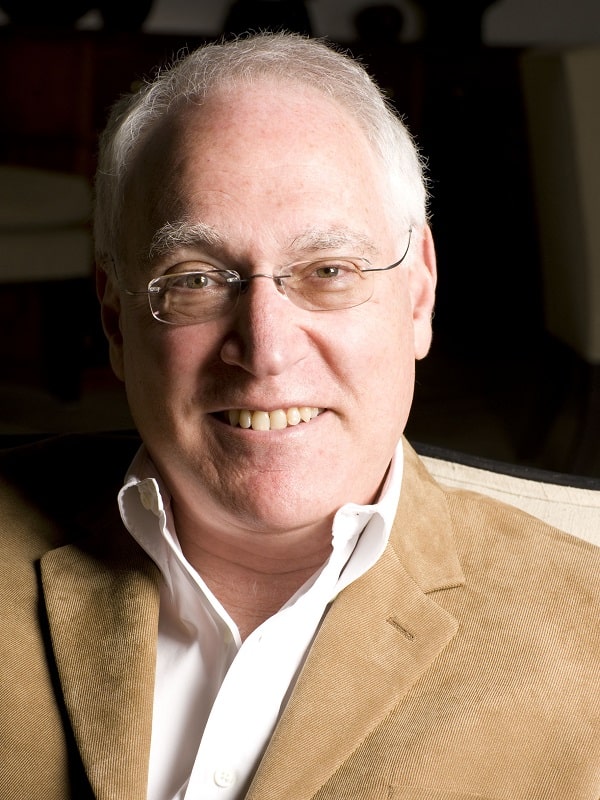
Leslie S. Klinger
Leslie S. Klinger is considered to be one of the world’s foremost authorities on Sherlock Holmes, Dracula, H. P. Lovecraft, Frankenstein, and the history of mystery and horror fiction. He is the editor of many books, including the three-volume The New Annotated Sherlock Holmes and the New York Times-bestselling Annotated Sandman. A two-time Edgar Award winner, he has also edited two anthologies of classic 19th-century mysteries, and co-edited five anthologies of Sherlock Holmes stories with Laurie R. King and four anthologies of classic supernatural fiction with Lisa Morton. He co-edited the eight-volume Haunted Library of Horror Classics and is the editor of the Library of Congress Crime Classics series, now eleven volumes.
Q You’re the editor of several annotated books, including The New Annotated Sherlock Holmes, The New Annotated Frankenstein, and The New Annotated Dracula. Why did you decide to take on Robert Louis Stevenson’s Strange Case of Dr. Jekyll and Mr. Hyde?
Leslie: I love books from the Victorian era, and J&H is certainly one of the finest. It’s the “immortality” of the book that especially interests me. Why has this book remained so popular after almost 150 years? Why are the characters so iconic? And why so many adaptations?
Q What challenges did you face when doing your research on this book?
Leslie: It’s always a bit daunting when others have addressed a book, so I seek to find new angles. No one had really put together the detailed textual analysis—that is, the changes in the story—that I did, and it was challenging to gather the materials to do that properly.
Q What did you discover that surprised you the most?
Leslie: I think that the greatest discovery about the book is its meticulous craftsmanship. For a book that was written so speedily—in about 6 weeks—it’s a gemlike object. Once you know the “secret” of Jekyll and Hyde and you go back through the book, you see how carefully RLS constructed the clues. That’s why the book stands up as a mystery as well as a horrific tale.
Q What do most people get wrong when they talk about someone being a “Jekyll & Hyde” today?
Leslie: The core idea of the book is that most, maybe all, of us are “Jekyll and Hyde.” We all deal with what RLS called the “war of the members,” meshing the different parts of our character, controlling our urges with our morals. Dr. Jekyll’s great failure was in thinking that one could be purely good (his aim) without dealing with the “evil” side of himself. As G.K. Chesterton put it so well, the great revelation of the book is not that Jekyll and Hyde are two people, it is that they are one person.
Q What is your favorite film adaptation and why?
Leslie: I’m very partial to the 1920 John Barrymore silent film and the 1931 Frederic March film. The acting is so powerful, especially watching Barrymore transform himself—without makeup—into Hyde. However, all of the films are ultimately a disappointment, because they overly simplify the story and make it about Jekyll needing to quash the evil Hyde. Also, nearly every film introduces a romantic element to make the story more popular. The book has virtually no women characters at all, and yet there is a strong sexual undertone to Jekyll’s struggle. We don’t know what sins Jekyll committed when young, but we can guess it had to do with prostitution and perhaps then-illicit homosexuality.
Q What inspired Robert Louis Stevenson to tell this story?
Leslie: Stevenson apparently wanted to examine the notion of the “double life” that many live, and he wanted to criticize what he perceived as Victorian (and his own) hypocrisy. In his case, it was about trying to reconcile his family’s ambitions for him and his own artistic impulses. In particular, we know that he was very familiar with the historical figure Deacon Brodie (he co-wrote a play about him), a man who was actively living a double life as a respectable tradesman by day and a brigand by night.
It’s been said by some that the story was a cocaine-induced nightmare. In fact, RLS, who suffered throughout his life from respiratory problems, was taking a cocaine-based drug (a common prescription). He had a vivid dream of the “window scene” that appears early in the book, and this spurred him to write the first draft in only few days. He credited his “brownies” (his unconscious) for much of the writing, but this is nonsense—the unconscious can’t produce the meticulous craftsmanship on display in this work.
Q Why was the 19th century so fascinated with monsters—Frankenstein’s creature, Hyde, and Dracula?
Leslie: This is a deep question. Monsters are all outsiders and so gave their authors an opportunity to criticize society. In an age that worshipped reason, monstrosity was something extraordinary to be examined for what it revealed about the monsters inside all of us.
Q Is J&H like Frankenstein—a warning about the limits of science and things that we shouldn’t investigate?
Leslie: Not at all. Frankenstein is fundamentally about parenthood and Victor’s shortcomings; J&H is a warning about self-deception and hypocrisy, not science. This is a common misconception/misinterpretation of the book.
Q Was there a scientific basis for Jekyll turning into Hyde?
Les: This was before Sigmund Freud’s theories were known, and so there was a lot of scientific investigation of the “mind.” It was known already that drugs could produce “mind-bending” effects. There were also interesting studies of “split personalities,” a field of psychology just beginning to receive serious attention.
Q What are some interesting details that readers will discover in this edition?
Leslie: In addition to a great deal of historical and social context, the readers will see the process of RLS’s creation of the work. I’ve spent a good deal of effort on laying out the changes that the text went through as he wrote and edited it. Then there are the pictures! There are almost 100 illustrations from various book editions, as well as dozens of comic book covers and film posters as well as stills from the films.
Q What’s your next annotation project?
Leslie: No big project in hand yet, but lots of ideas! In the meantime, I’m continuing to turn out lightly-annotated classic crime editions for the Library of Congress Crime Classics series, of which I’m the editor. We’ve completed 15 titles so far, with 11 in print and plans through 2023! At the moment, I’m working on S. S. Van Dine’s The “Canary” Murder Case (1927).

